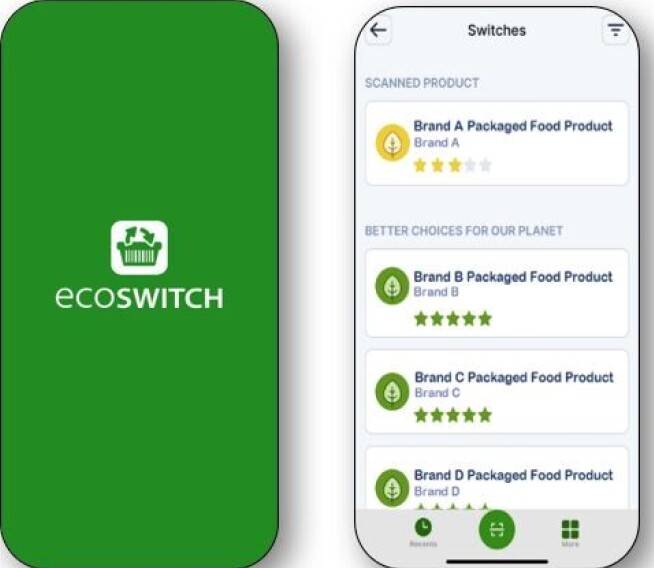

Shoppers could reduce greenhouse gas emissions from groceries by 26% by making some simple changes to the food and drink they choose, according to a new Australian study.
Researchers from the George Institute for Global Health and the Imperial College London School of Public Health have conducted the most detailed analysis to date of the environmental impact of the country's food-buying habits. They looked at comprehensive data on greenhouse gas emissions and sales for tens of thousands of items in Australian supermarkets, a country that is representative of the Western diet in many countries.
A study published today in the journal Nature Food also found that making big changes like swapping out frozen meat lasagna for a vegetarian version could reduce emissions by up to 71%.
The researchers call for increased labelling of greenhouse gas emissions on all packaged foods to help consumers make informed choices.
“Significant changes in dietary habits are needed to meet global emissions targets, particularly in high-income countries like Australia, the UK and the US. Consumers are willing to make more sustainable food choices but lack reliable information to identify more environmentally friendly options,” said lead author Dr Alison Gaines, an epidemiologist who carried out the analysis for the George Institute and the Imperial College London School of Public Health.
“Incorporating sustainability goals into national food policies can directly contribute to achieving global environmental goals, without imposing costs on consumers,” said Dr Pareskevi Seferidi, professor at the School of Public Health, Imperial College London.
The researchers used the George Institute's FoodSwitch database and Global Environmental Impact Dataset to calculate the projected emissions from annual grocery shopping for 7,000 Australian households. Over 22,000 products were assigned to major, minor and sub-categories of food (e.g. “bread and bakery”, “bread” and “white bread” respectively) and the emissions saved by switching within and between groups were quantified.
They found that simple switching within the same food subcategory could reduce emissions from Australian grocery stores by 26%, while switching within minor food categories could lead to an even greater emissions reduction of 71%.
“Our findings suggest that switching to similar products could significantly reduce our environmental impact,” Dr Gaines said.
It is estimated that around a third of global greenhouse gas emissions come from the food and agriculture sector, and the total health and environmental costs of the global food system are around $10-14 trillion (£8-11 trillion) per year.
“This shows that incorporating sustainability goals into national food policies can directly contribute to achieving global environmental goals, without burdening consumers. This is why we urgently call for strong legislation targeting emissions-intensive foods,” said Dr Paraskevi Seferidi, a researcher at the School of Public Health who worked on the study.
Professor Bruce Neal, executive director of the George Institute in Australia and professor of clinical epidemiology at Imperial College London, believes consumers can have a real impact by tackling the issue in innovative ways.

Eco Switch App
Building on this research, the George Institute has developed a free app called ecoSwitch, currently available only in Australia, that allows shoppers to use their mobile phones to scan product barcodes to check their emissions.
Professor Neal said: “Ecoswitch is a much-needed first step, but our vision is to see a single, standardised sustainability rating system mandatory labelling on every product in supermarkets.”
A paper by Gaines A. et al. published in Nature Food states that changing how food and drink products are purchased in Australia could reduce greenhouse gas emissions.
This story is based on press materials provided by The George Institute.



